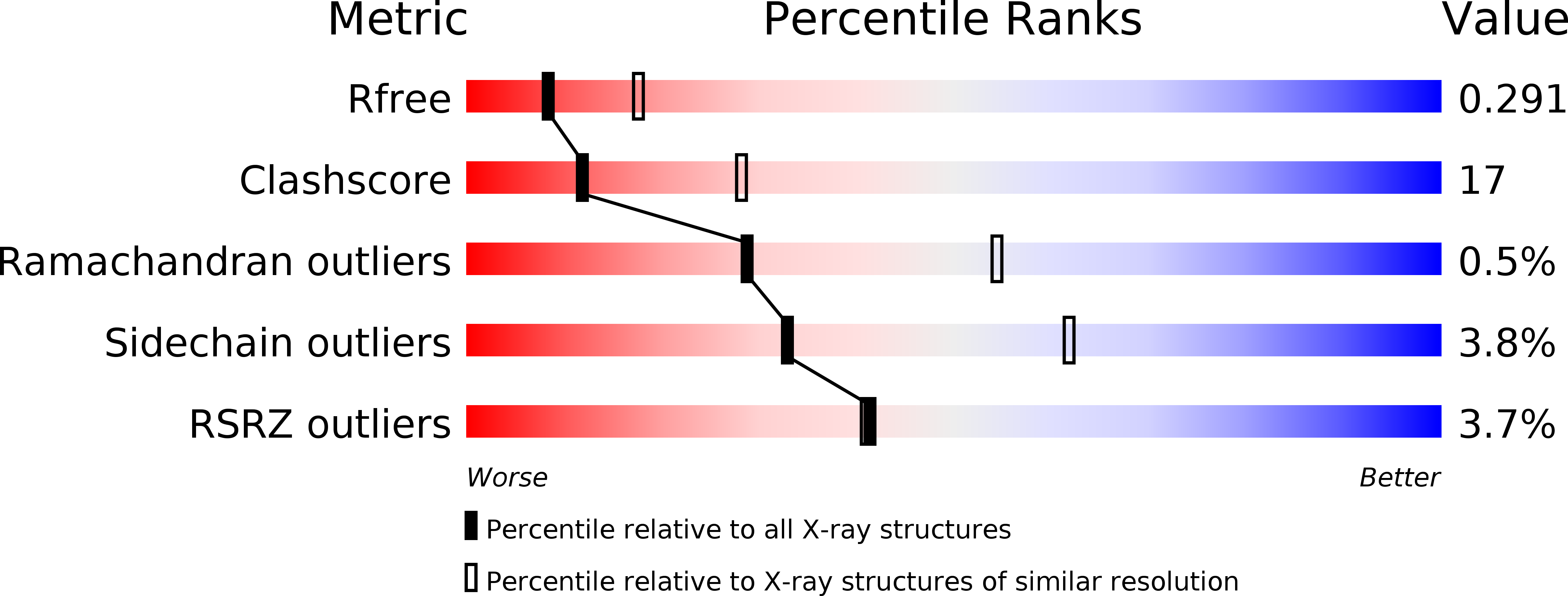
Deposition Date
2019-12-11
Release Date
2020-03-18
Last Version Date
2024-04-03
Entry Detail
PDB ID:
6V8Q
Keywords:
Title:
Structure of an inner membrane protein required for PhoPQ regulated increases in outer membrane cardiolipin
Biological Source:
Source Organism:
Host Organism:
Method Details:
Experimental Method:
Resolution:
2.70 Å
R-Value Free:
0.29
R-Value Work:
0.23
R-Value Observed:
0.24
Space Group:
P 1 21 1


